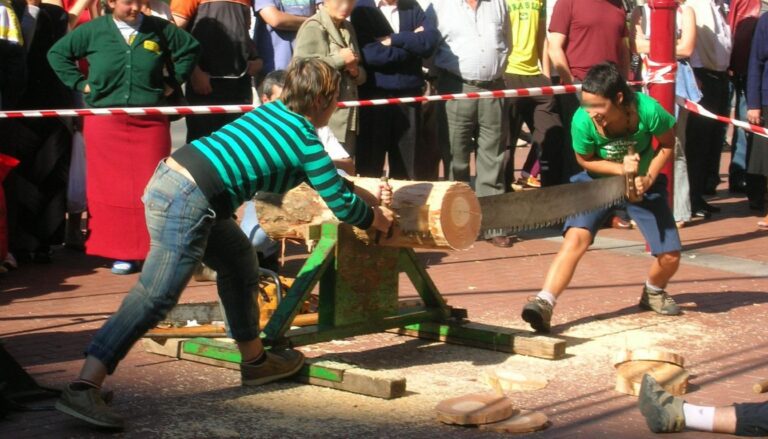Carbonara, Rome Italy
In the heart of Rome’s culinary landscape, where ancient traditions meet modern gastronomy, one dish stands as a testament to the city’s enduring love affair with pasta: Carbonara. This creamy, egg-based pasta dish has captured hearts worldwide, yet nowhere does it taste quite like it does in the trattorias of the Eternal City. Join us on a journey through the streets of Rome to discover the authentic flavors, rich history, and cultural significance of this beloved Roman classic.
Table of Contents
Historical and Cultural Significance
The story of Carbonara is deeply woven into Rome’s post-World War II narrative. While its exact origins remain debated, most food historians trace its emergence to the mid-20th century, when American soldiers stationed in Rome brought their rations of eggs and bacon to local restaurants. Creative Roman cooks transformed these simple ingredients into what would become one of the city’s most iconic dishes.
The name “Carbonara” itself is believed to have several potential origins:
- Some say it refers to the “carbonari” (charcoal workers) who prepared this hearty dish in the Apennine mountains
- Others attribute it to the generous sprinkle of black pepper that resembles coal dust
- A third theory connects it to a restaurant named Carbonara in Rome’s Lazio region
Regardless of its origins, Carbonara has become more than just a pasta dish – it’s a symbol of Roman culinary identity and a source of fierce local pride. Romans defend their traditional recipe with the same passion they preserve their ancient monuments.
Ingredients and Preparation
The beauty of Carbonara lies in its simplicity. Authentic Roman Carbonara relies on just five key ingredients:
- Guanciale (cured pork cheek) – Never bacon or pancetta
- Fresh eggs – Typically whole eggs plus additional yolks
- Pecorino Romano cheese – The sharp, salty sheep’s milk cheese that defines Roman cuisine
- Black pepper – Freshly ground and abundant
- Dried pasta – Traditionally spaghetti or rigatoni
The preparation requires precision and technique:
- The guanciale is diced and slowly rendered until crispy
- Fresh eggs are whisked with aged Pecorino Romano and black pepper
- Hot pasta is tossed with the rendered guanciale and its precious fat
- The egg mixture is carefully incorporated off-heat to create a creamy sauce without scrambling
What makes it special: The absence of cream – authentic Carbonara achieves its signature silkiness purely from the emulsion of eggs, cheese, and pasta water.
Where to Try It
For the most authentic Carbonara experience in Rome, venture beyond the tourist traps to these beloved establishments:
- Roscioli – Hidden in the Jewish Ghetto, this deli-restaurant serves what many consider Rome’s finest Carbonara
- Da Danilo – A family-run trattoria in the Esquilino neighborhood known for its perfectly executed classic
- L’Arcangelo – Chef Arcangelo Dandini’s contemporary take honors tradition while adding subtle refinement
- Armando al Pantheon – Steps from the Pantheon, serving consistently excellent versions since 1961
Local tip: The best Carbonara is often found in unassuming neighborhood trattorias rather than upscale restaurants.
Eating Etiquette and Customs
Understanding Roman pasta etiquette enhances the dining experience:
- Never cut the spaghetti – twirl it using only your fork (no spoon needed)
- Pasta is served as a primo (first course), not a main dish
- It’s perfectly acceptable to use bread to clean your plate (fare la scarpetta)
- Romans typically eat pasta for lunch rather than dinner
- Don’t expect or ask for extra cheese – the dish is perfectly balanced as served
Seasonal Considerations
While Carbonara is enjoyed year-round, certain aspects of the experience vary by season:
- Spring/Summer:
- Lighter portions are served
- Many Romans enjoy it for dinner during warmer months
- Outdoor seating allows for atmospheric dining
- Fall/Winter:
- The dish’s heartiness is particularly appreciated
- Perfect for lunch on chilly days
- Restaurants are less crowded with tourists
Modern Interpretations
While purists stick to the traditional recipe, some respected Roman chefs are carefully innovating:
- Experimental pasta shapes that better hold the sauce
- Variations using different local pork products
- Vegetarian versions using mushrooms or zucchini
- Deconstructed presentations in high-end restaurants
Note: These modern takes are appreciated but not considered authentic Carbonara.
Practical Information and Travel Tips
Make your Carbonara quest in Rome successful with these insights:
- Best timing: Lunch service (12:30-2:30 PM) typically offers the most authentic experience
- Reservations: Essential at popular establishments, especially for dinner
- Price range: Expect to pay €12-18 for a proper Carbonara
- Location tips: Avoid restaurants near major tourist attractions
- Language: Learn basic Italian phrases like “Un Carbonara, per favore” (One Carbonara, please)
Important considerations:
- Quality restaurants often close between lunch and dinner service
- Many traditional restaurants close on Sundays
- Always check if cards are accepted – some places are cash-only
Making Your Carbonara Journey Memorable
Embrace the Roman way – take your time, savor each bite, and immerse yourself in the social ritual of dining. Remember, Carbonara isn’t just a meal; it’s a gateway to understanding Roman culture, where food, history, and daily life intertwine in delicious harmony. Let each plate of perfectly crafted Carbonara be your guide to experiencing the authentic soul of the Eternal City.













